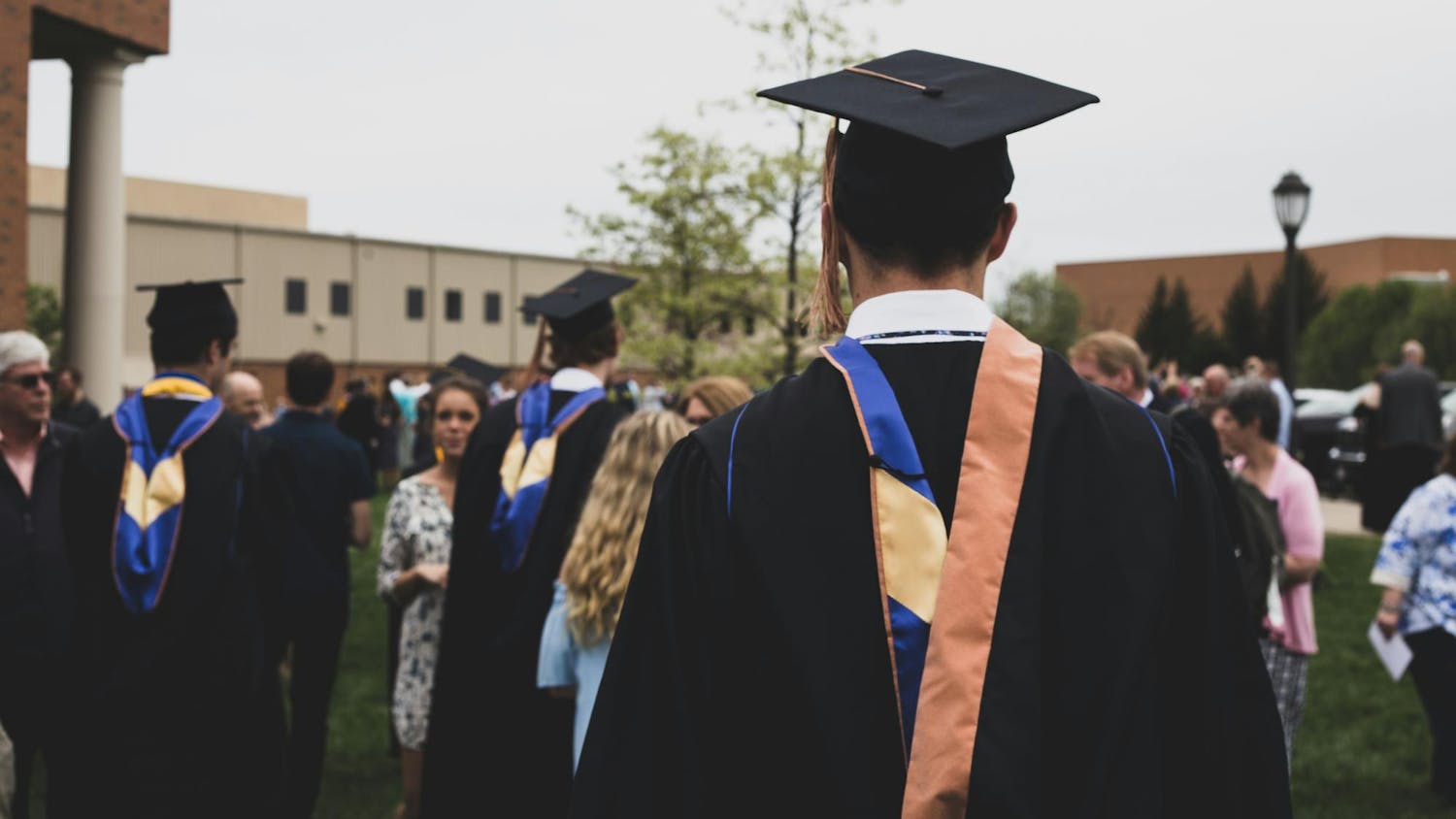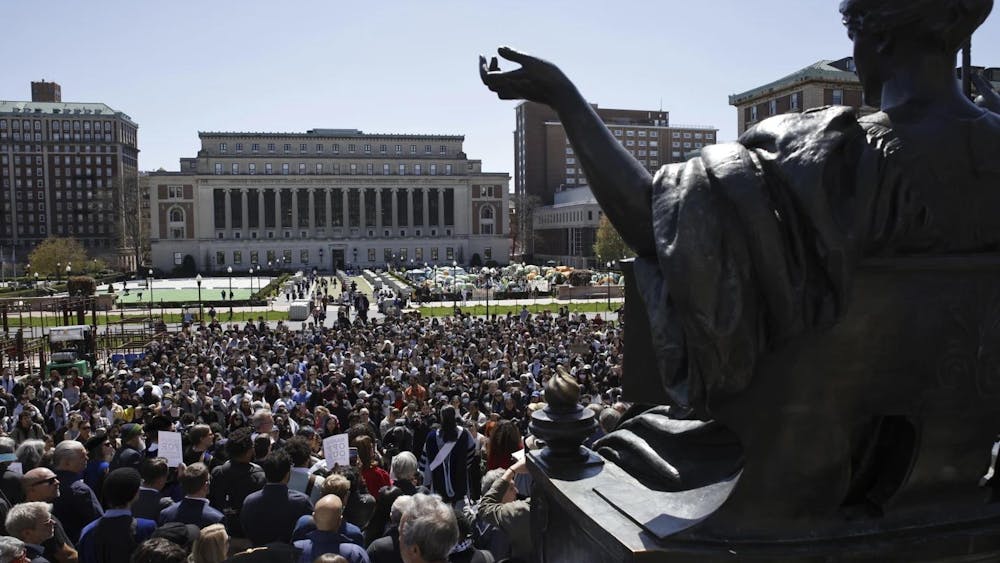A new photography exhibit on campus juxtaposes images of Berlin from before and after the Wall fell, bridging the historical and ideological distance to a time most Notre Dame students can't remember.
The traveling photo exhibit "Icons of a Border Installation" is the result of a semester-long project that was undertaken by students at the University of Paderborn in Germany. The exhibit is on display in the Center for the Study of Language and Cultures in room 329 of DeBartolo Hall until Dec. 16.

The exhibit, which was brought to campus on by the Department of German and Russian as well as the Goethe Institute, the official international German cultural center, features photographs of remaining border strips, images capturing the culture surrounding the Berlin Wall and even a visual comparison of the border area during the height of the Cold War and the same location today.
"This exhibit is very significant because it shows students who didn't live through the Wall what it was like during that time," Dr. Katja Fullard, director of the Goethe Institute in Chicago, said. "These photos really are worth a thousand words."
Notre Dame German professor Hannelore Weber, who worked with Fullard to bring the exhibit to campus, said the photographs are important to Notre Dame students who "have no personal perception of the Wall," because it gives them a clear visual of life in Berlin during the Cold War.
"What is really unique about this exhibit is that it is from a student-to-student perspective," she said. "A lot of American students aren't touched by the Wall and Berlin like German students are because it is all so far away from us."
Students who visited the exhibit's opening on Monday afternoon agreed the photos gave them a new outlook on a tumultuous time in history that came to an end just as many of them were being born.
"The photos really make you think about the seriousness of that time," sophomore Maureen Vigland said. "To see photos of the Wall during communism and to see a photo next to it of that same area today really lets you see the differences. It's astounding to see how much has changed."

Sophomore Alex Gatlin said the photos are important because they show how the once divided cities reunited, but also that they highlight the effects of the Cold War era still felt in Berlin today.
"It's incredible to see how far the city has come since the fall of the Berlin Wall but also to see how much presence the Wall and the division still has in the city today," he said. "The Wall is a symbol to people who live there. It's a good symbol to keep and an important memory to have."
Fullard said one of the intentions of the exhibit was to show how much development has occurred since the fall of the Berlin Wall twenty years ago.
"We can only hope that these images are still new enough to show what a difference a few years can make," she said.
Senior Chris Meister said the photos gave him a new outlook on the Wall's legacy today.
"Most of the images that Americans see of the destruction of the Wall are very triumphant," he said. "These photos allow you to see it as it is and connects you to the Wall's presence today rather than twenty years ago."
Weber said she hopes "Icons of a Border Installation" will serve as a testament to a transformative time in history.
"I honestly did not think that the Wall would come down in my lifetime," she said. "I think this exhibit can be shown as an example of having hope, working toward a goal and combating repression. It really was a revolution."












